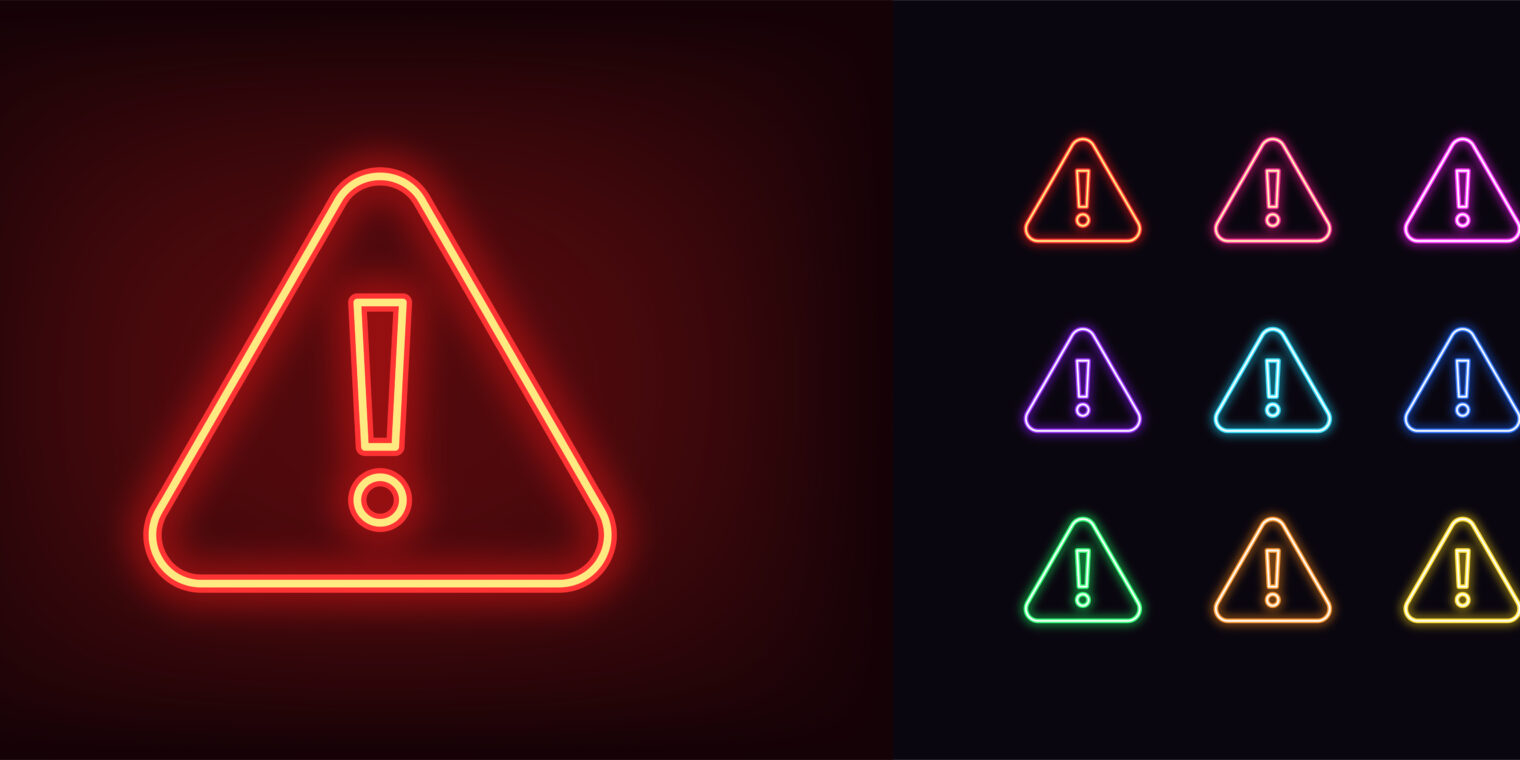When it comes to ensuring the safety of our homes, we often think about smoke detectors, secure locks, and sturdy structures. While these elements are undoubtedly crucial, there’s another aspect of home safety that is often overlooked: energy efficiency. In this blog post, we’ll explore how energy testing goes beyond just saving on utility bills. It plays a vital role in enhancing home safety by identifying potential hazards that might otherwise go unnoticed.
Identifying Electrical Issues:
One of the significant safety concerns in any home revolves around the electrical system. Faulty wiring, overloaded circuits, or damaged outlets can pose serious risks, including electrical fires. During an energy test, professionals can identify irregularities in the electrical system through thermal imaging, ensuring that any potential hazards are pinpointed and promptly addressed.
Detecting Gas Leaks:
For homes using natural gas for heating or cooking, gas leaks are a significant safety threat. Even a small leak can lead to a dangerous buildup of gas in enclosed spaces. Energy testing, particularly with specialized gas leak detection equipment, can identify these leaks swiftly. Timely detection allows homeowners to fix the issue before it escalates into a hazardous situation.
Preventing Carbon Monoxide Poisoning:
Carbon monoxide (CO) is a colorless, odorless gas that can be fatal in high concentrations. It’s often produced by malfunctioning appliances like gas furnaces or water heaters. Energy testing can reveal areas where CO might be accumulating, ensuring that ventilation systems are working correctly and appliances are well-maintained. This proactive approach prevents the risk of carbon monoxide poisoning.
Addressing Insulation and Ventilation Concerns:
Proper insulation and ventilation are not just about energy efficiency; they are also crucial for maintaining a healthy indoor environment. Inadequate insulation can lead to condensation, mold growth, and structural damage. Energy testing identifies areas with poor insulation and ventilation, allowing homeowners to address these concerns before they compromise the integrity of the home and the health of its occupants.
Energy testing is not just about conserving energy; it’s about ensuring the safety and well-being of your home and its residents. By identifying potential hazards such as electrical issues, gas leaks, carbon monoxide risks, and insulation problems, energy testing plays a pivotal role in creating a secure living environment. Embracing this proactive approach to home safety not only protects your property and loved ones but also offers peace of mind, allowing you to enjoy your home to the fullest, knowing it’s a safe haven.

